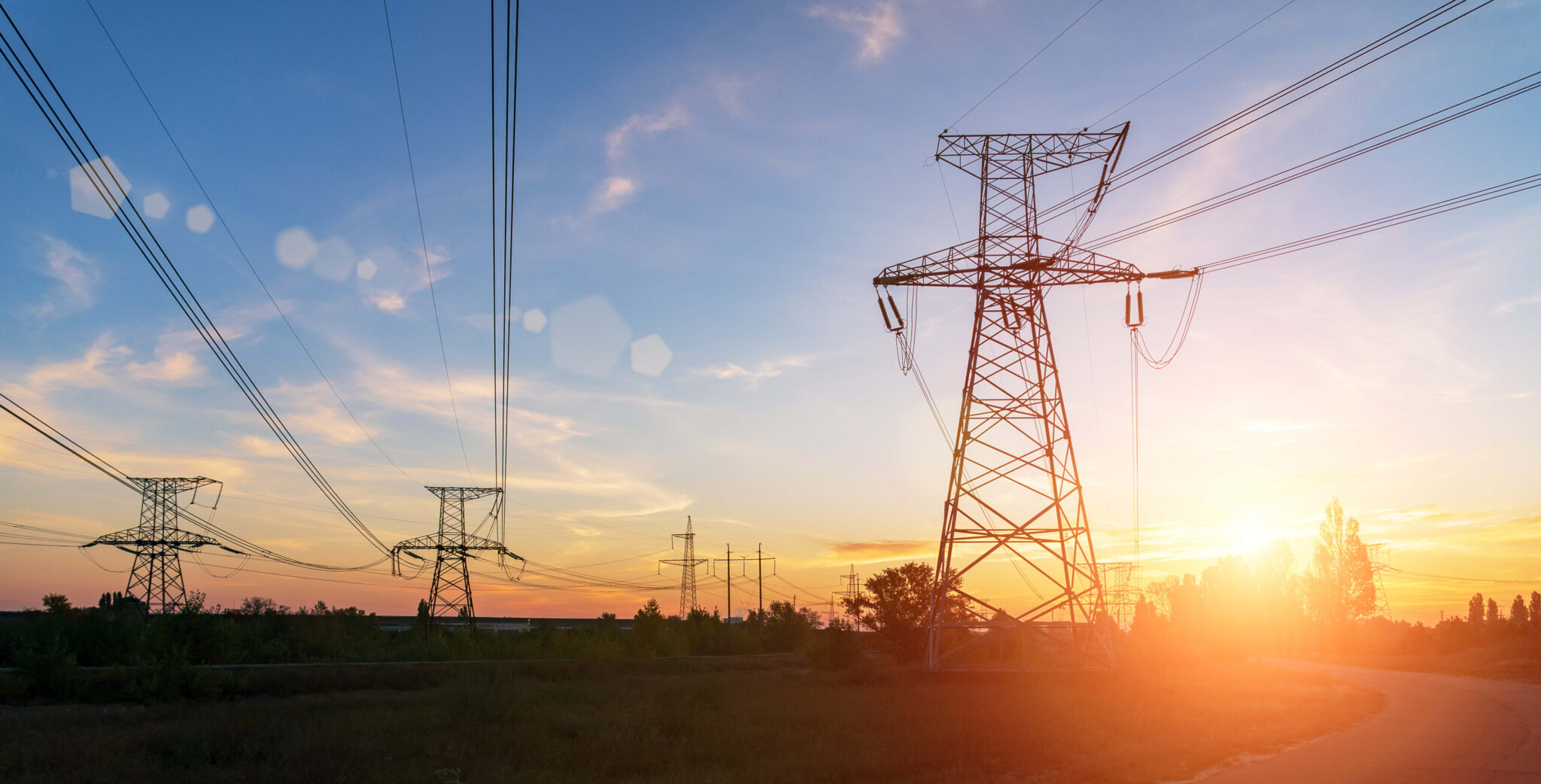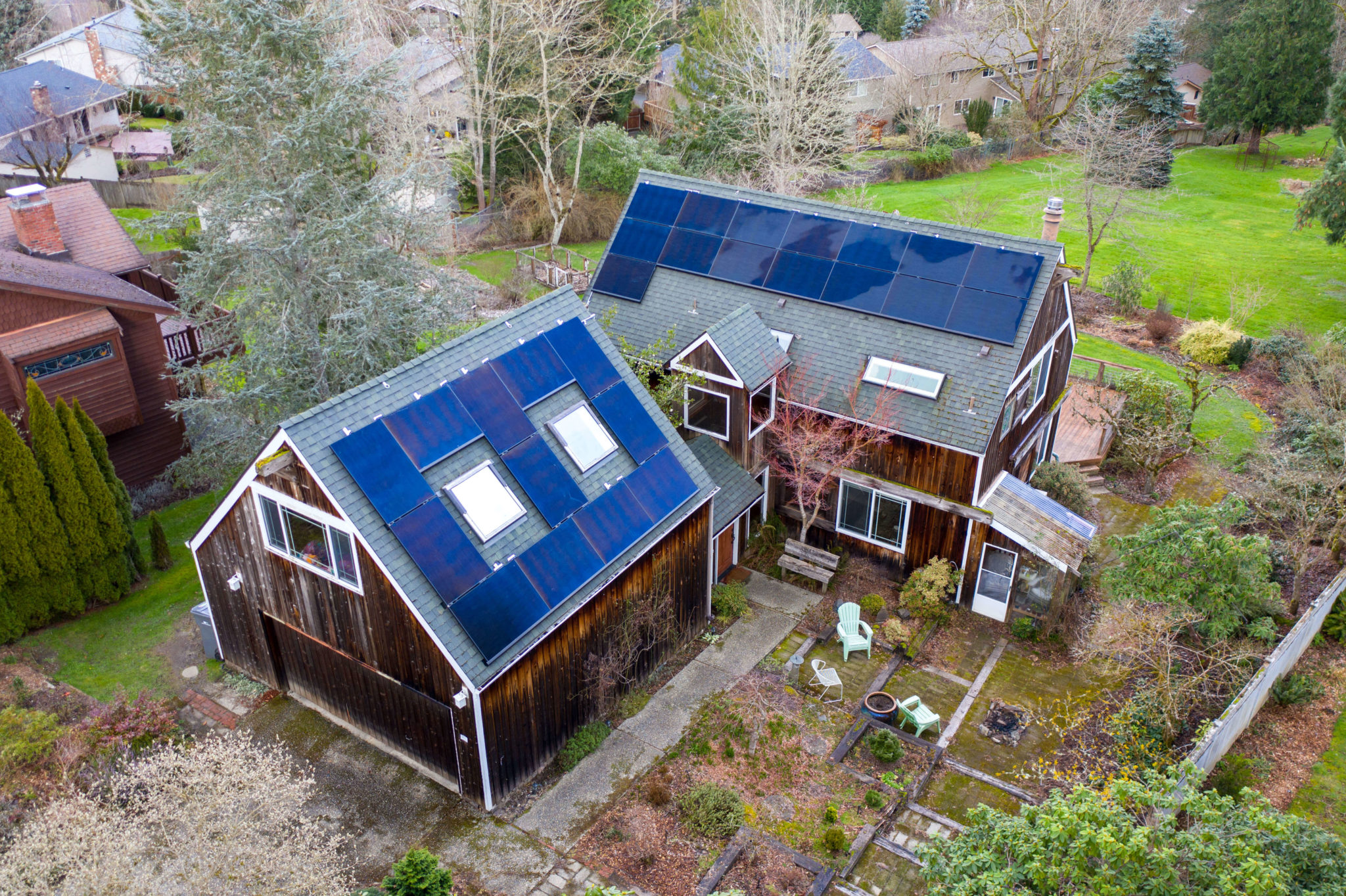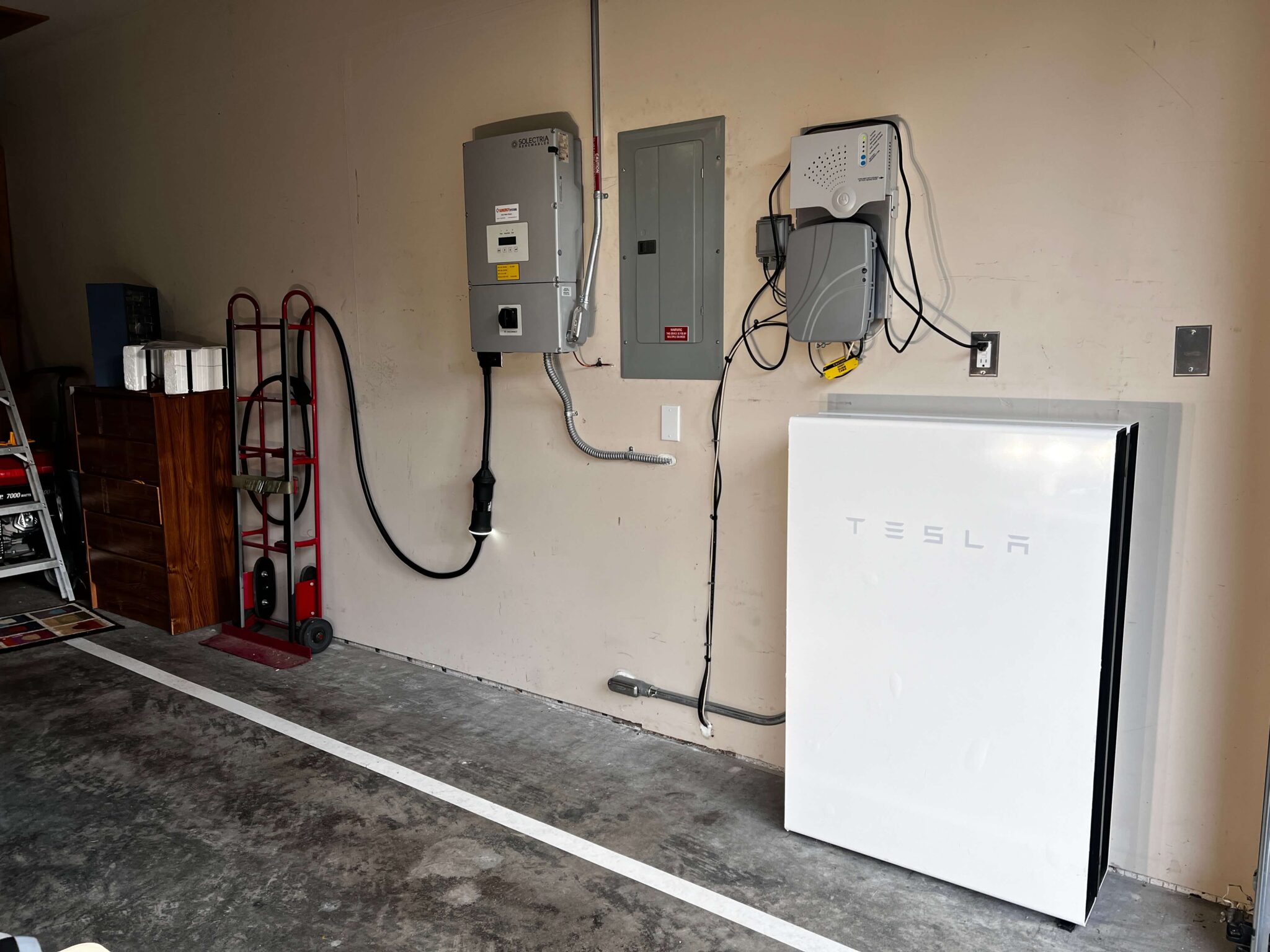Electrification of our transportation
As the adoption of EVs continues to rise, their owners run the risk of significantly increasing their energy bills by charging at home. Learn how adding a solar energy system to your home provides the fuel to run your EV and saves you money in the near and long term!

The cost of our electricity is rising
In March, we talked about Puget Sound Energy’s proposal to raise electricity rates by 12.9% and natural gas rates by 11.9%for two years to recoup costs from higher energy demand and fund their Meter Upgrade Project.
How much does it cost to charge at home?
Charging at home provides you the convenience of having your own ‘fuel pump’ in your garage or wherever you park your car. With home charging, you can pay the kWh rate provided by your utility, the average rate per kWh for the USA is 10.59 cents. Assume you’re charging an EV with a 200-mile range (considering a fully depleted 54 kWh Battery); it would cost $5.72 to fill up at home. The total does not seem much at first but having to fully charge your vehicle at least once a week could equate to $309 or about 2,916 kWh. Additionally, the 2,916 kWh of energy used in this calculation equals about 10,800 miles!
Using Solar to offset your EVs electricity usage
To give you an idea of how much a solar panel system can produce in any given year in WA, you need to use Specific Production. Specific Production is kWh/kW of installed solar capacity. Specific Production is an excellent value for assessing the effectiveness of a solar panel system. West of the Cascade mountains, you can see an average of 900 to 1000 kWh of solar per kW installed. A home that consumes 15,000 kWh annually and installs a 15.6 kW system with a specific production of 929 kWh/kW can generate 14,499 kWh of electricity. In monthly savings, this equals about $172 and an annual total of $1,848. It changes their pre-solar yearly cost of $2,059 to a post-solar of $211.44.

Sizing your solar PV system for expansion
We can design a solar PV system to match your current and future needs. Whether you want to size up your PV system or make room for future expansion, it’s okay if you choose to have a more extensive array than your current electricity usage warrants. You’ll secure the ability to offset all of your current electricity bills and have room to grow into the usage to match your energy production.

Design Considerations
If you prefer to have a design that allows you to expand the current solar array, consider many factors. First is your usable roof space for solar and how much (assuming you use it all for solar) it offsets your current electrical usage. If there is space left over after we hit the 100% offset mark, we’re in a great position to look for additional roofspaces to set aside for expansion later on. The next factor would be the type of solar inverter you use. There are string and microinverter systems; adding more panels to a string inverter system may require you to size up the inverter to account for the eventual system size. Microinverters make it easier to add more panels, although depending on the amount, there may be some electrical hookup considerations around your home’s electrical panel.
Either way, NWES is prepared to assess your current and future usage and provide you with the best solar solution to become energy independent. Creating it on your roof and property is crucial in controlling how you use, generate, and store your energy.
Can you charge your EV with battery storage?
Short answer, no. The draw is that most EV Level 2 Chargers are too large for your home energy storage systems. Whether it’s the Tesla Powerwall 2 or the Enphase IQ 10, you can technically charge your EV with these batteries, but the rate at which it would occur damages your home battery and degrades the overall lifespan and charge capacity. We do not recommend it, even if you have more than one battery. The only situation where you can charge your EV, not from the grid, is if you are producing the energy yourself, as you will be able to with the Ford F-150 Lightning.



